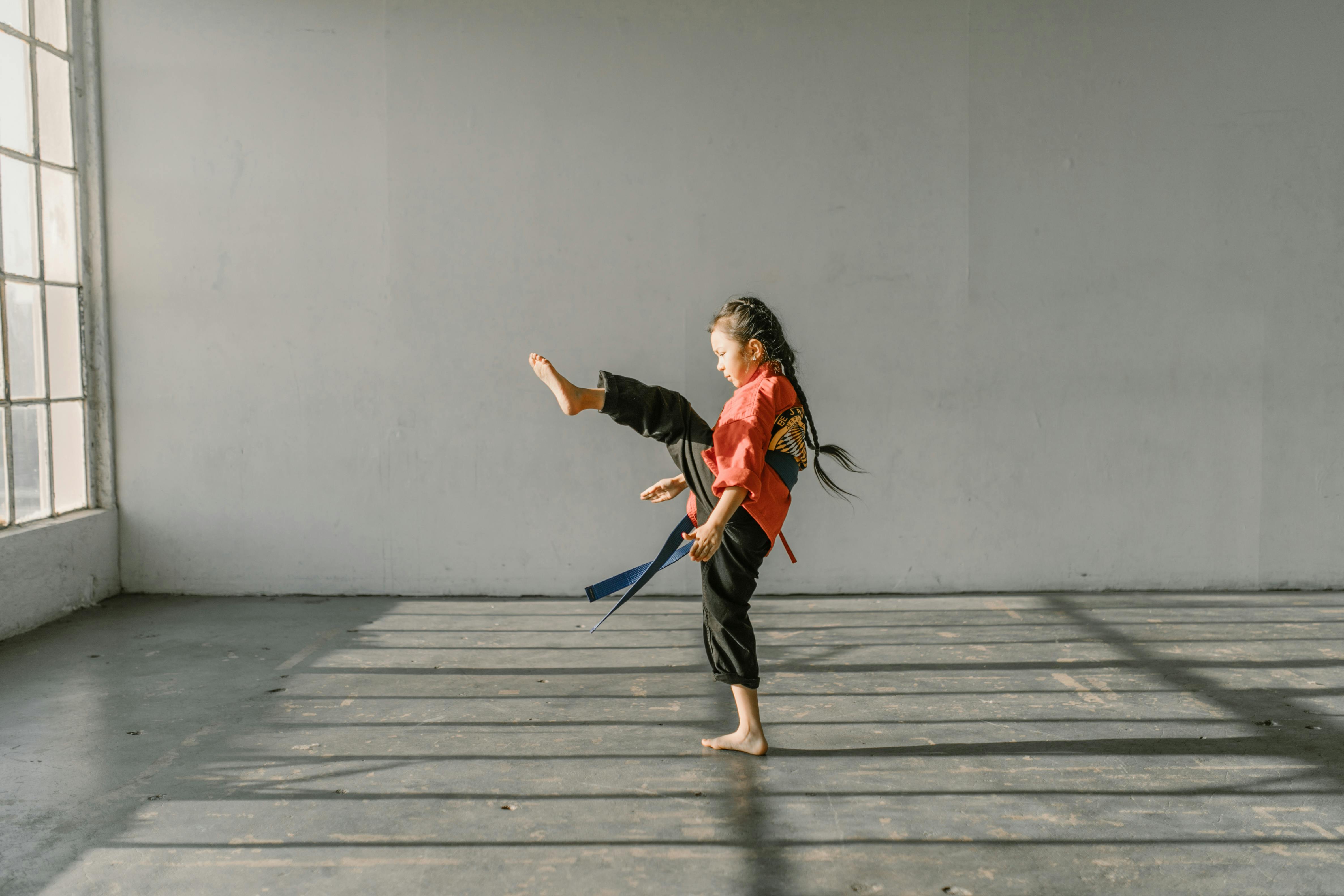Italian Craftsmanship: The Dying Art of Italian Woven Leather Bags
The use of fashionable bags dates back centuries. Catherine de Medici inadvertently pushed her hometown of Florence to the forefront of the leather market when she arrived in Paris in the mid-16th century to marry French King Henry II. She carried her dowry in perfectly handcrafted leather boxes. However, the love affair with style and utility really began in the late 1800s to early 1900s with the changing of hems, women’s rights, and world events. The European market responded quickly to this fashion request.
Many major designers today made their debuts, and their innovative creations have yet to fade with the passage of time. Many fashionistas around the world are probably quite familiar with Bottega Veneta, the leading designer brand that produces soft woven leather handbags. However, historically, Cosci began creating the unique leather woven bags before Bottega Veneta became a top name in fashion. Many of these bags have the same style of woven leather, and apart from fashion design, the art of weaving strips of soft leather into gorgeous bags is relatively the same, although the number of artisans creating them is decreasing. Woven leather designs are a testament to the classic lines of timeless bags. The method of weaving leather strips, soft or stiff, is a type of art form that is slowly dying out.
Recently, the Cosci brand and factory have been acquired by Gucci Group, PPR’s fashion subsidiary that also owns Bottega Veneta. However, its remaining stock contains a type of bag whose craft work cannot be thrown away. Cosci’s Italian leather basket weaving motif dates back hundreds of years to the coastal area of Macerata in eastern Italy, an area also famous for the production of leather shoes.
Italian leather baskets implement many basket weaving techniques that are not present in the designs of soft woven leather bags. Rather than weave a large sheet of leather, cut it, and stitch it together into a bag pattern, leather baskets use the old-fashioned wood block cuts to weave the bags from the base up. The artisans place the block of wood that corresponds to the desired shape of the bag from the bottom up. They then use a thin nail to attach the initial leather strip to the midpoint of the wood block, allowing the strip to run horizontally along the base of the block. From that point on, they begin to weave the bottom with leather strips, alternating between horizontal and vertical strips. Once the base has been woven, they turn the block upside down and continue the process of firmly weaving the strips around the block until they reach the top. Depending on the style of the bag, the leather strips are manipulated to create a woven pattern lining on top or cut to allow the lining to be added later.
The vacchetta leather used to weave baskets is a stiffer leather, which makes the designs not only more durable, but also gives the real feel of a straw basket. Leather baskets come in a variety of different designs and shapes, as well as colors. Most leather basket bags have an elongated strap. The elongated strap length allows the bags to be used as a wallet or a crossbody bag, giving it utility as well as design and fashion.
Therefore, the next time you choose a woven leather bag from Italy, you should be able to quickly distinguish three quality points. If it is a nappa bag, the touch of the leather should be soft with a rich non-chemical smell. The same is true for basket-woven skins, although the skin will not be as soft. Second, look for telltale signs of a seam on the basket weave bag. This is the indication of a machine made bag. Nappa leather is woven into sheets and cut, so it seems necessary in the construction of the bag. Lastly, look for the “Made in Italy” label. This label carries with it a certain guarantee that the bag comes from a long tradition of leather craftsmen.
